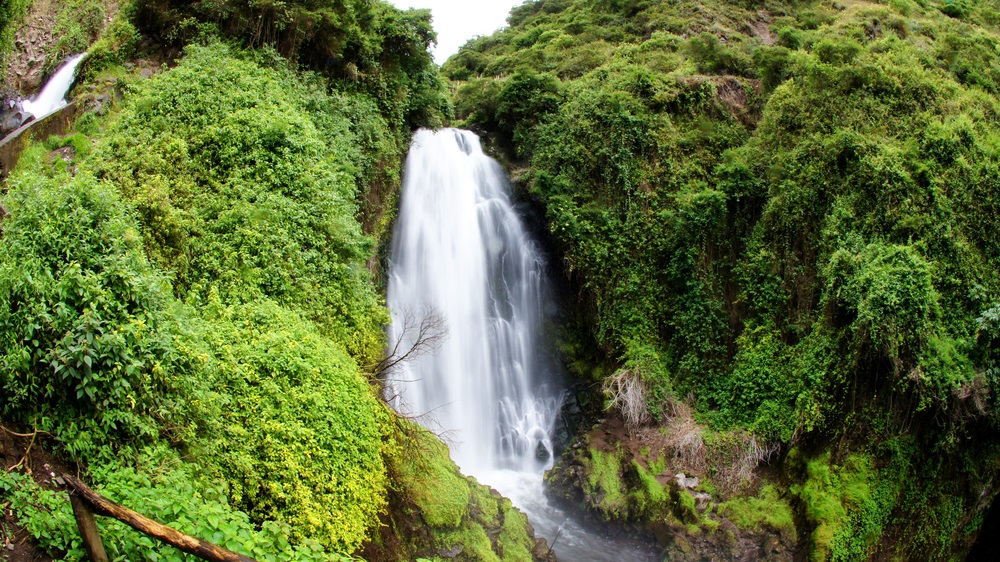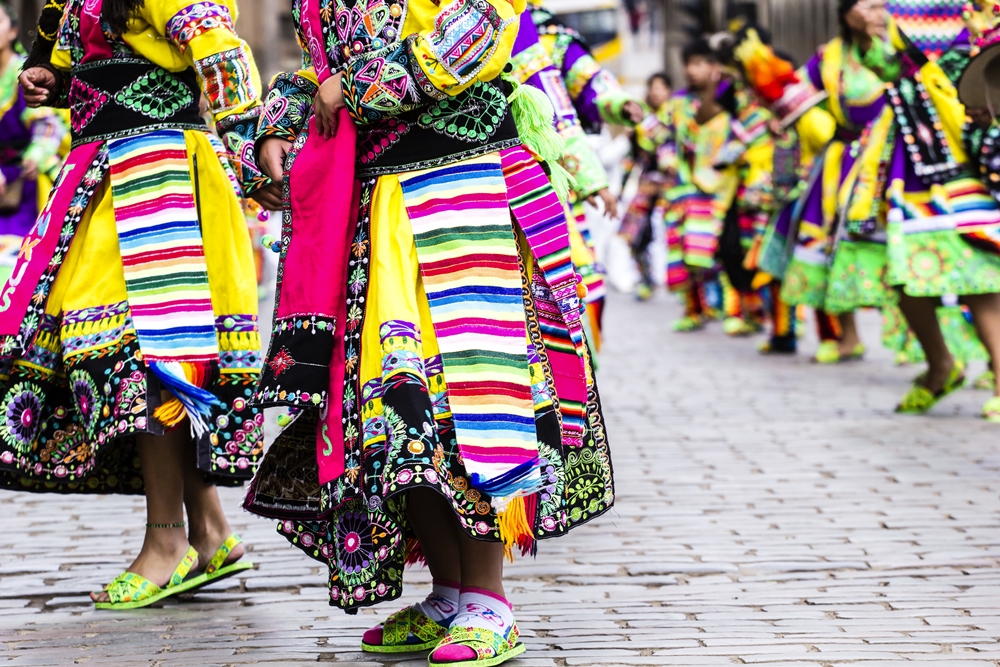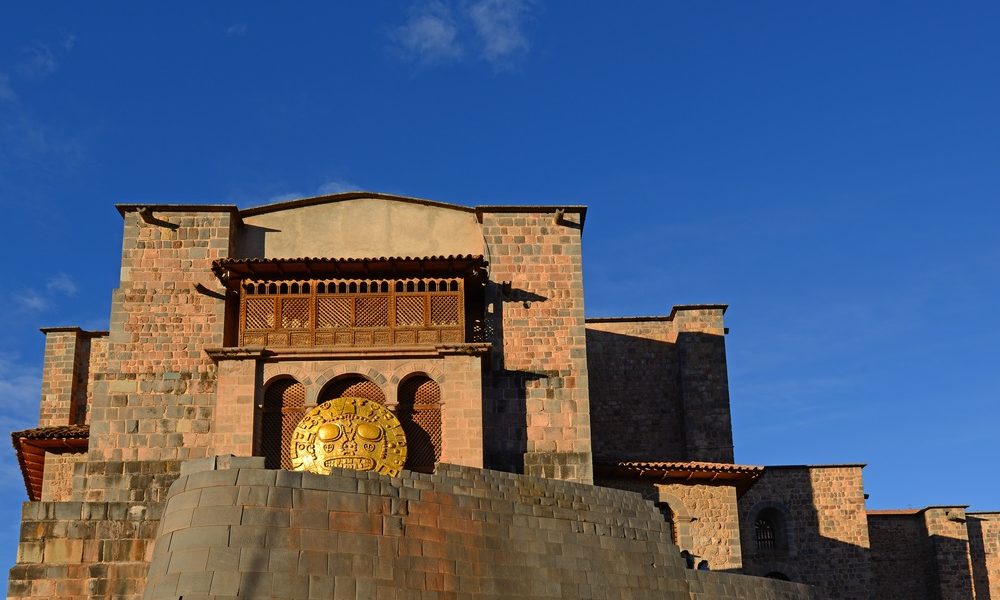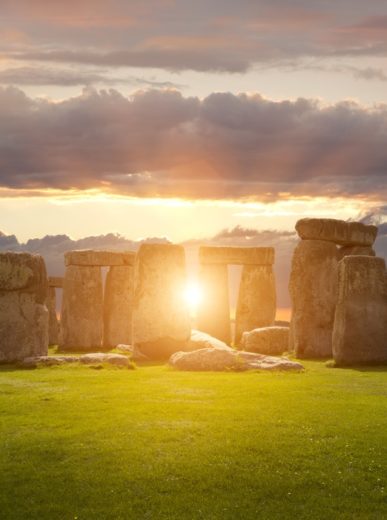While a trip to South America to this June offers some chilly climates, one would be remiss for not tkaing the chance to experience Inti Raymi, the Inca Sun Festival. Celebrated largely in Andean territories of Peru, Bolivia, Argentina, and Ecuador, this festival pays tribute to the Sun God Inti during the winter solstice of the Southern Hemisphere, which takes place at the end of June. For 2017, Inti Raymi takes place on June 24
Whether or not you’re a believer in the Inca Gods, the festival is a great time to travel to South America, as the streets will be filled with festivities, parties, dances, music, and food. You can purchase tickets to the events in Cusco, or just enjy the festivals as they unfold throughout the city.
History of Inti Raymi
The origin of the Inti Raymi dates back to the time of the great Inca rulers and to the cradle of their empire. This holiday has a very important meaning for the Andean world, taking a preponderant place in the culture of the indigenous peoples.
As a traditional indigenous holiday, each ethnic group and each community has its own date and time of celebration. While several communities begin June 22 with ritual bathing in rivers, streams and sacred waterfalls, others await the arrival of the appropriate day and time to start their festivities.
Where to experience Inti Raymi?
Otavalo, Ecuado

Just north of Ecuador’s capital Quito is the town of Otavalo, most famous for its local markets, but it is also the center of indigenous culture in Ecuador.
This first ritual is performed on June 22, the day of the summer solstice. The waterfalls, – such as Peguche – rivers and slopes have special sites where energy is concentrated during the year, and ritual bathing tries to capture them in order to load up with new forces, eliminate accumulated negative energies in the year and start with the Inti Raymi celebration.
The bathroom has a clear sense of purification and is linked to the agrarian meanings of the party.
At night time during all the days of celebration, the atmosphere is flooded with music, during the dance, the musical notes of the traditional instruments produce an ecstasy of force and courage without limits, deep feelings that are manifested in linguistic expressions of jubilation.
During Inti Raymi, Otavalo communities prepare a karana or very special sacred gift known as a castle. The castle is a well elaborated bower with reeds in which different kinds of fruits are hung, some breads, bottles of liquor, money and chili.
This is a ritual practiced with the purpose of pleasing the Andean deities and showing them the prosperity they have achieved thanks to the fecundity of Mother Earth.
La Paz, Bolivia

In the Bolivia the winter solstice is celebrated as the Aymara New Year (June 21), a festival based around the Ayamara calendar and coincides with Inti Raymi and is celebrated for the same reason: the return of the sun. To celebrate this festival one must just head outside of Bolivia’s capital to the pre-Inca site of Tiwanaku. A sacred site for the winter solstice in Bolivia, the entire complex becomes filled with dancers and festivities during the celebration, making it a major spot to visit on a trip here.
Cusco, Peru

The most popular celebration of Inti Raymi takes place in Cusco and the nearby Sacred Valley. The entire festival is based around a massive re-enactment of the ancient ceremony.
Here, 500 indigenous actors, led by Sapa Inca, lead a parade of performances, dances, and prayers to Qorikancha, the sun temple in Cusco. At the temple a series of speeches and faux sacrifices are made to Inti. From here they travel outside the city to Sacsayhaman where the ritual continues, before returning to Cusco for one final parade.
The celebration continues throughout the week with parties and dances, all of which travelers are welcome to join in on the experience, either on their own or by joining an Inti Raymi tour.
If you want to discover more amazing destinations or learn all the tips and tricks to planning your next vacation, please subscribe to our Tours4fun Newsletter below.






There are no comments.